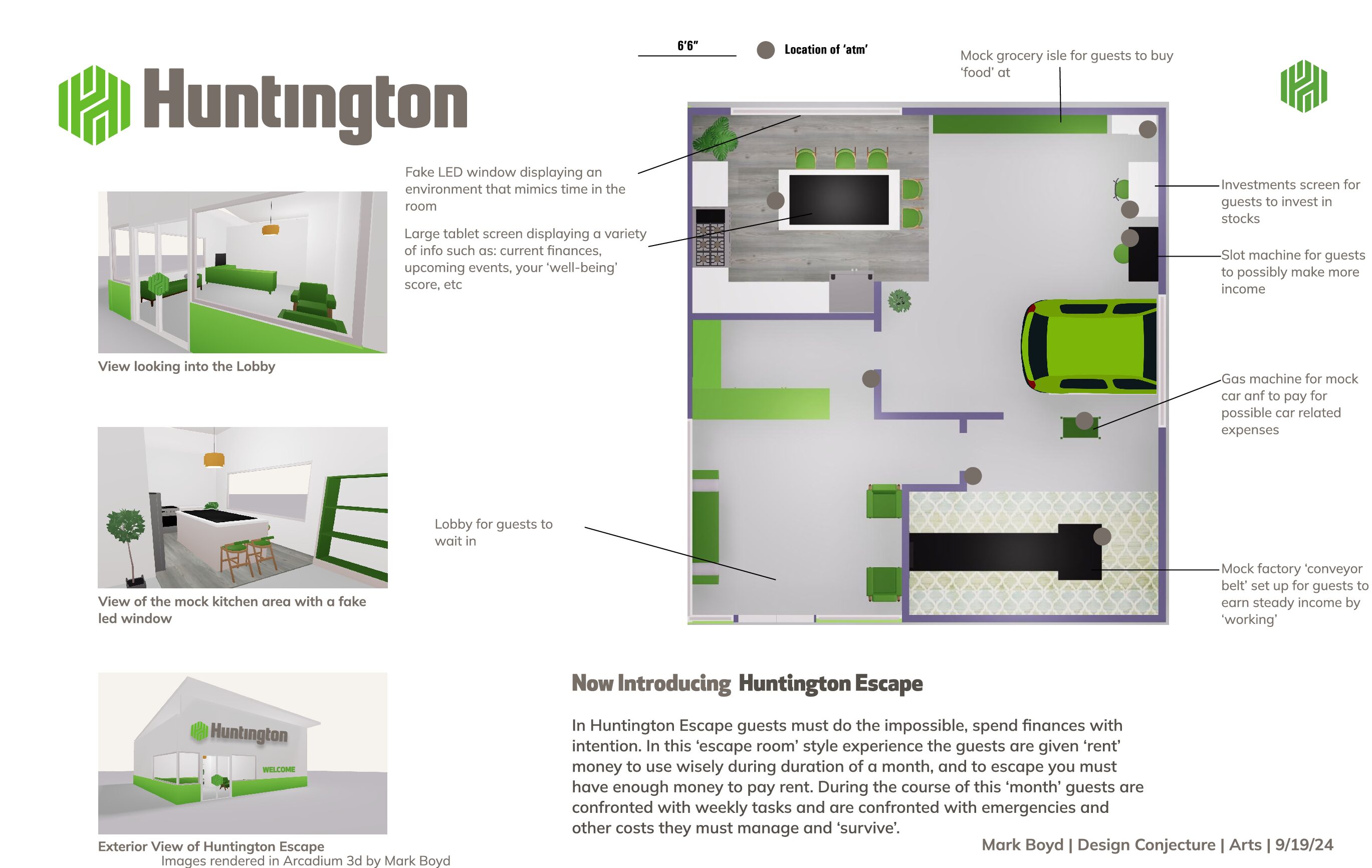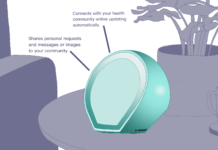The number of Americans with anxiety has skyrocketed from 7% in 2019 to 40% in 2021, according to the CDC. That means more than one in three Americans are experiencing a mental health condition since the pandemic began.
Sadly, the numbers are worse for younger Americans. The CDC and Census Bureau partnered over the summer of 2021 and found that 45% of U.S. residents between the ages of 18 and 29 years have anxiety and depression symptoms.
Many of those same young people might associate virtual reality with games and entertainment, but a new study published in Psychiatry Research found that VR therapy can reduce anxiety and depression. According to the study, VR helps patients learn how to manage their symptoms in a simulation, which transfers into the real world.
Notes:
VR headset creates an unique, one of a kind immersive experience that no other medias can replicate. Because of its immersiveness, VR and healthcare professionals can create “real-life” experiences for patients to tackle specifics situations in their life to improve and better understand their symptoms. For example, VR could create a situation where you are speaking in front of thousands of people, without having to recruit crowds to help with your anxiety. Mental health therapists are already testing various VR programs in their offices. However, a limitation of this early VR adaption is that patients still must physically go into an office. How to design and create VR applications that are more accessible and easily used at home is an important question and problem to ask and solve, to relate to my own research.
Reference:
Aleknavičius, K. (2022, April 4). Virtual reality plays role in Mental Health Treatment. Healio. Retrieved January 18, 2023, from https://www.healio.com/news/psychiatry/20220404/virtual-reality-plays-role-in-mental-health-treatment



